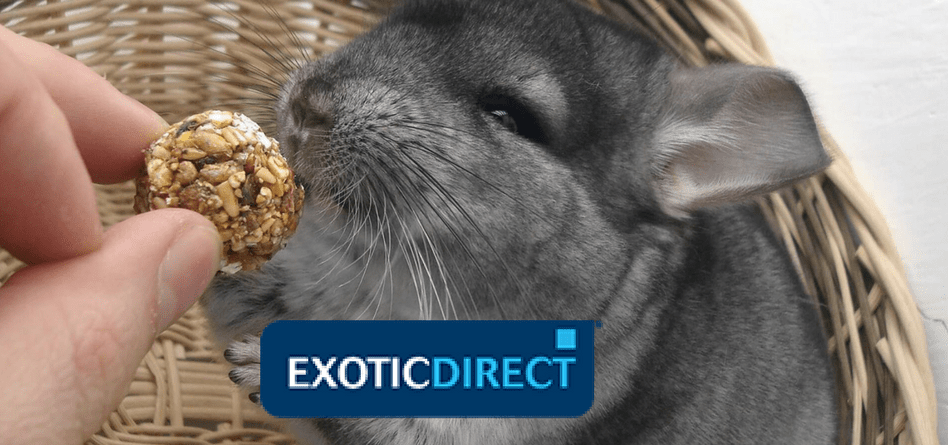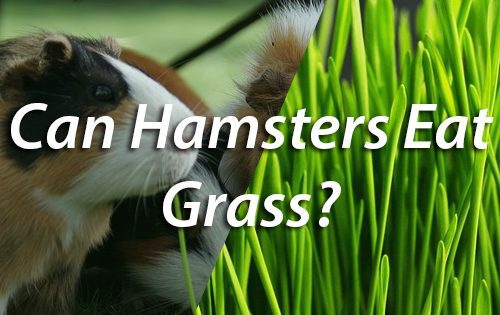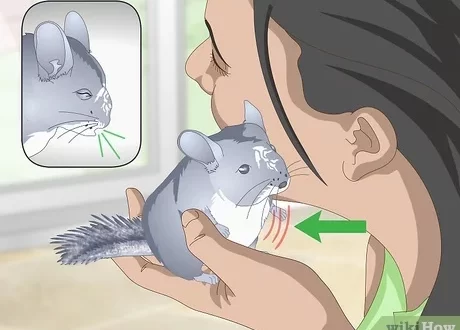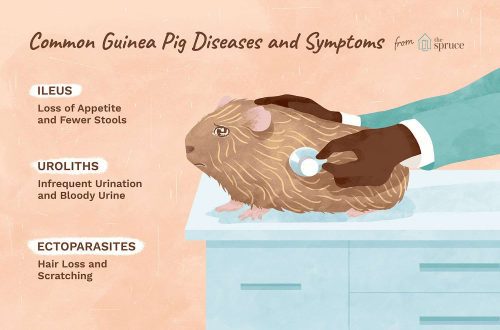
What to feed a chinchilla?
The feeding of all rodents is built according to similar principles, however, depending on the species, the diet has its own characteristics. In this article we will talk about how to feed a chinchilla.
Chinchillas have a very sensitive digestive system, and their diet needs to be built even more carefully than the diet of other rodents. There should be no place for table delicacies, even if it is about “small” amounts, overfeeding, oversaturation with green fodder and abrupt changes in ready-made feed lines. Remember that every lunch “innovation” for a sensitive organism will not pass without a trace, but will result in bloating and digestive disorders.
How to feed a chinchilla at home?
If you are not a professional in matters of feeding rodents, then building a truly complete, balanced diet will not be easy. That is why the best choice will be ready-made feeds, the composition of which is adapted to the characteristics of a particular type of pet. High-quality full-ration lines saturate the chinchilla’s body with all the nutrients necessary for normal life. Additional products in the diet, as well as vitamins and minerals, are not required with such feeding.
If you are thinking about what to feed a chinchilla, then when choosing food, pay attention not only to the manufacturer and composition, but also to the condition of the mixture and the expiration date. The quality of feed often suffers due to poor quality packaging, as well as unscrupulous transportation and storage.
Changing the line of ready-made rations is undesirable! New food is always stressful for the body. If for some reason you decide to transfer your chinchilla to a different diet, do it gradually and, if possible, choose products within the same brand.
In addition to balanced feed, an obligatory component of the daily diet of animals is hay: it is necessary for the proper functioning of the intestines. Hay must be free of contaminants, so it is better to purchase it in trusted pet stores.
If you want to please your pet with something special, you can treat him with dried apples, pears, carrots or rose hips. Do not overdo it with treats, they should in no case become the basis of the diet.
Chinchillas are fed once a day, preferably at the same time.
What else can you feed a chinchilla?
As for the natural type of feeding, the components of the diet should be as follows:
- cereals (oats, wheat, barley, rice, millet, buckwheat, etc.);
- seeds (pumpkin, sunflower, etc.);
- nuts and dried fruits (no more than 10% of the diet);
- vegetables and fruits (carrots, beets, pumpkins, zucchini, cauliflower, apples, pears, etc.);
- greens (lettuce and dandelion leaves, clover, bean shoots, etc.);
- germinated cereals;
- branches of deciduous and fruit trees (aspen, linden, birch, currant, etc.);
- feed of animal origin (low-fat cottage cheese, boiled eggs, etc.).
Chinchillas need a mineral stone to grind their teeth. Hay and twigs also contribute to this.
When feeding chinchillas, you need to choose natural products very carefully. If you have any questions, do not forget to consult your veterinarian. He will also recommend a special vitamin and mineral complex for your pet.
Proper nutrition is the key to the health of chinchillas and other rodents, and we want your pets to have the best!





